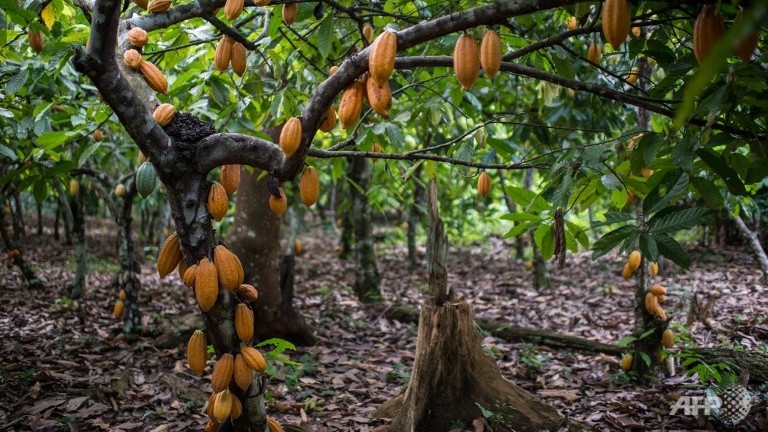In my previous article, I introduced the basic information you need to know about the agronomy of cocoa and its establishment, but in this article, I will expand the scope by explaining things I forgot to add. This is the link to the previous article Establishing a cocoa plantation
Culture
Coca can be grown either from cutting (i.e. vegetation propagation) or by seeds. Presently almost all commercial plantings of cocoa in Nigeria are raised from seeds. We shall therefore concentrate our efforts be on the production of the seedlings in the nursery.
The nursery
A nursery is a place where young plants are raised for five to seven months to transplant on the field. It is a place where the greatest care of seedlings is given. The care includes regular watering, spraying against pests and diseases, and protection against rodents. In addition to these advantages, only the most vigorous seedlings are selected for field planting to ensure good field establishment.
The nursery must be sited on flat or gently sloppy ground which is well-drained and must be close to a permanent source of water. The nursery must be accessible and there should be a sufficient quantity of good topsoil rich in organic matter. The nursery site must be clear of any vegetation. A framework of bamboo poles about 2.5m high is built progressively to allow in external light thereby hardening off the young seedlings before they are transplanted into the field.
Black polythene bags 25cm high, 12cm in diameter and 35cm thick are filled with rich soil. These bags are arranged in beds 1.20m wide, made up of ten bags at the front, in rows separated by 60m paths to allow easy access for cultural operation within the nursery.
Fresh seeds are obtained from a newly harvested pod, washed in water and rubbed in fine sand and sown in each bag of soil. Each bag is then thoroughly watered. Germination of cocoa seed is usually epigeal and seedlings from viable seeds may emerge six to nine days after sowing.
Regular watering should be carried out daily using a watering can except when it rains. Aside from regular weeding, spraying should be done to combat the most damaging insects and diseases. At about a month before planting out in the field, the plants should be hardening out in the nursery by progressively removing the shading materials at a predetermined time per day, after which the materials are returned carefully (e.g. Removing the shading materials for 2-4 hours per day as from 4 weeks before transplanting, which could be progressively increased to 8-12 hours per day at 1 week before transplanting. Hardening prepares the seedlings gradually for expected field experience.
Transplanting
The permanent site for the cocoa plant must be prepared at least a year before the coca seedlings are transplanted into the site. The preparation should involve the land being totally clear the devoid of stumps with shading being arranged to be ready to shelter the young plants. The usual shade plant is the plantain which has the advantage of being easily eradicated when no longer required. These nurse shades should be removed just before the cocoa canopies close up. The land is marked out at 3m by 3m, for the nurse shade. After the land has been marked out, making the plant holes followed immediately (planting holes is 40cm cube-shaped). The nurse shades are then planted in the dugout holes and cover up with Earth.
A year after the shade plant has been established, the cocoa seedlings can be transplanted to the field using a planting hole of 40cm cubes shaped at the same spacing as the nurse shade.
In other words, a cocoa seedling should be planted midway between two nurse shades (plantain). The planting holes should be filled back with the dugout Earth and possibly mixed with organic manure and the holes staked to facilitate easy recognition of the point during transplanting.
The planting out must take place as soon as the rainy season is well established. The day before transplanting, the most vigorous seedlings with dark green leaves should be selected in the nursery. The selected plants should be well watered before they are transported to the field. If you are unable to plant the same day, place it in a shaded place (under a tree preferably).
Transplanting should take place in the early hours of the morning. The actual planting is done by opening the planting hole up to the dimension of the polythene pot (plastic bags and soil) and where the stake is.
Strip open the polythene bag and place it in the hole. Care must be taken to ensure that the collar of the young plant remains at the ground level. Refill the holes around the root ball with the soil until the hole is filled up but making sure it is firm by treading. Mulch the base of the plant with leaves and twigs without allowing the mulch to come in contact with the collar to prevent termite attack
In the next article, I will discuss more on Cocoa farm maintenance.



